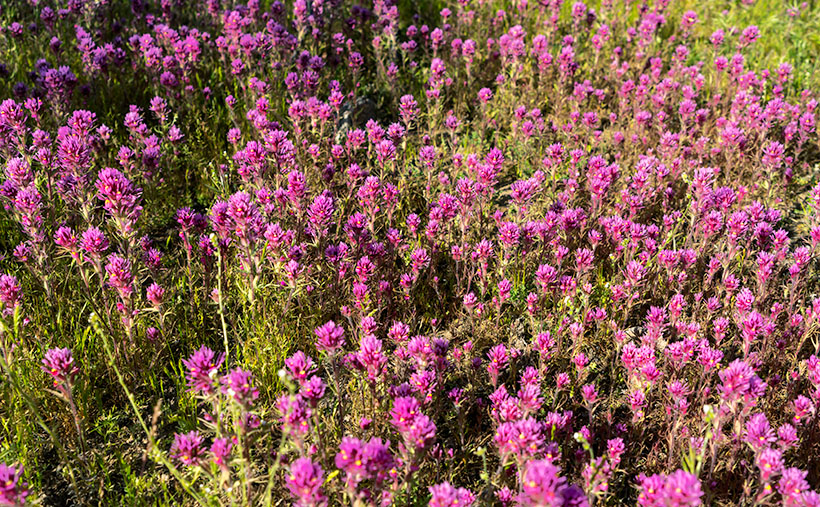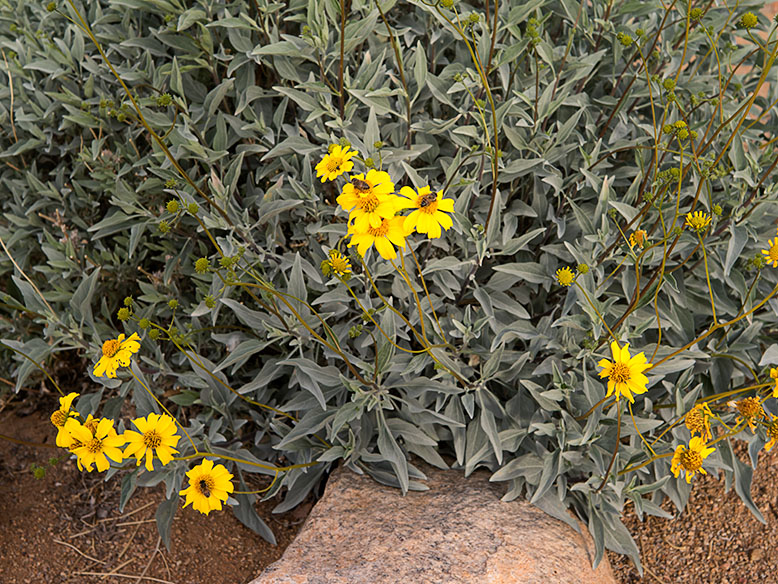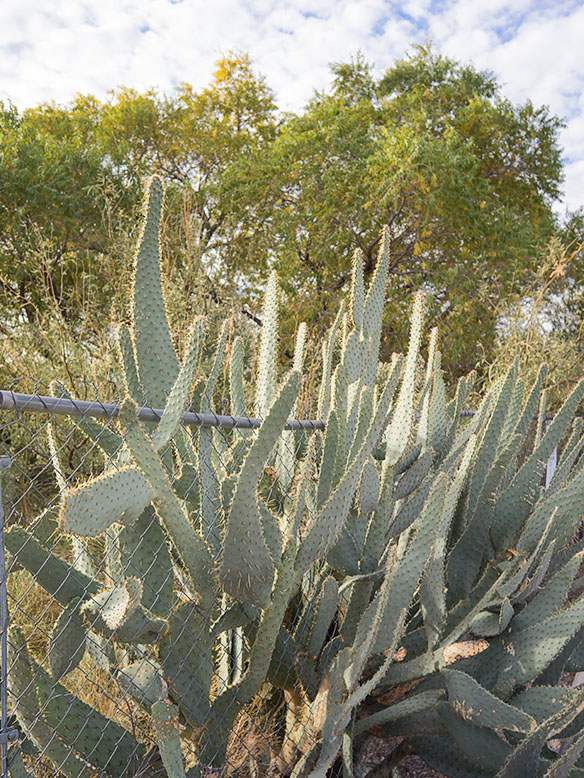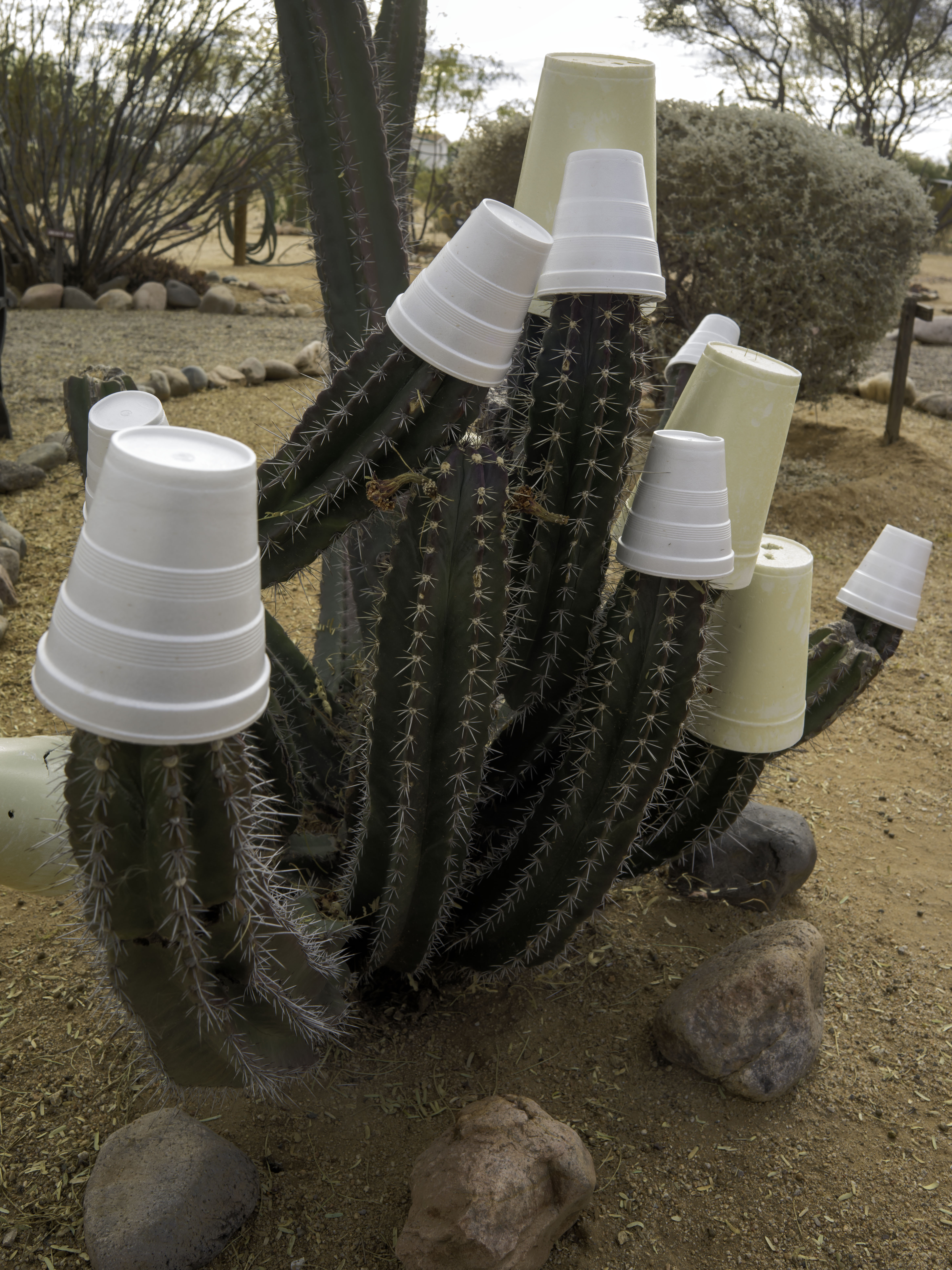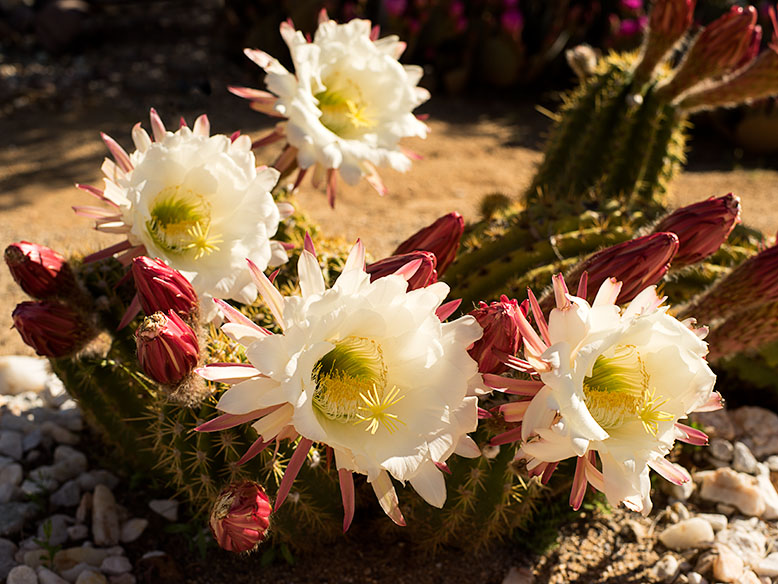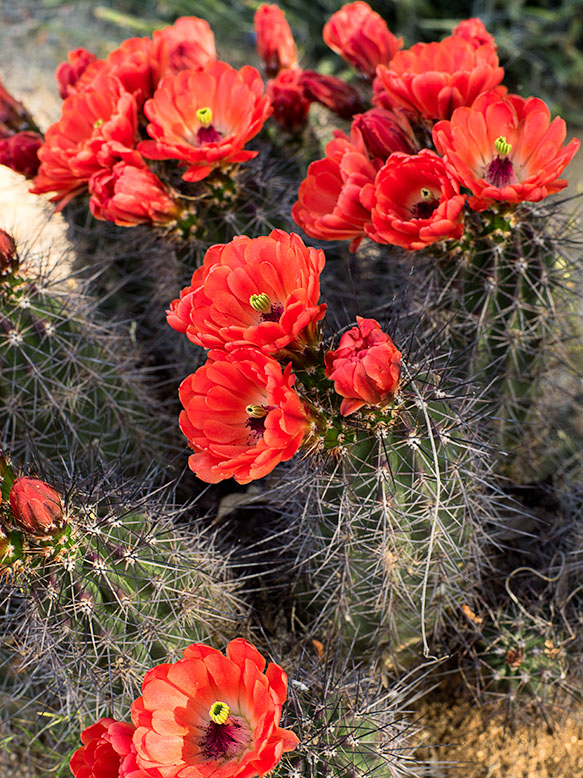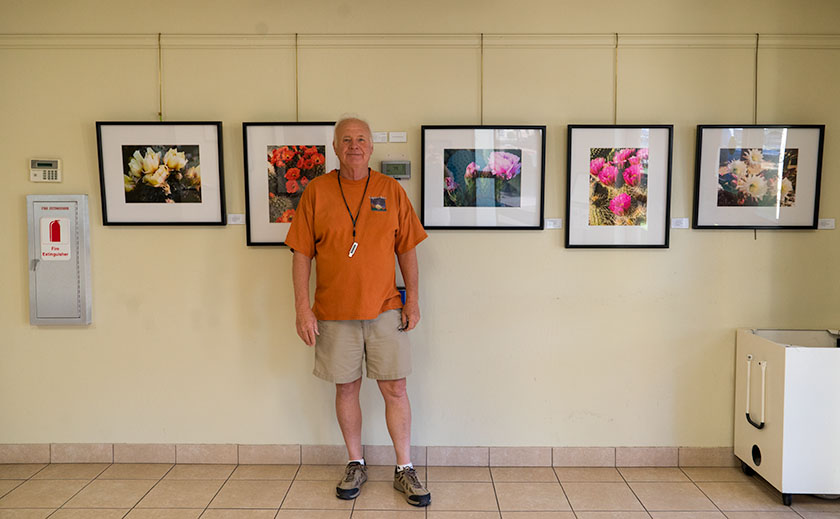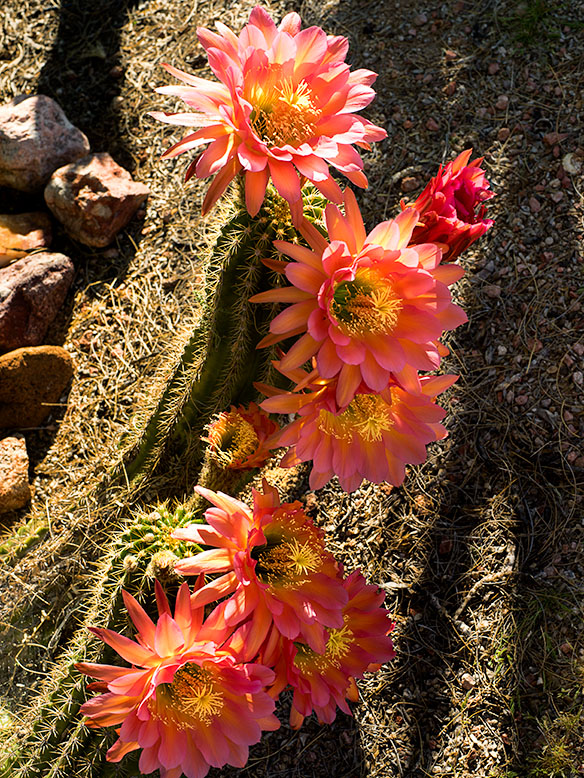The signs of spring are everywhere here in the Sonoran Desert. Blue lupine, orange mallow, and yellow brittlebush carpet the roadsides. In another couple of weeks, our desert trees will renew their green foliage, and yellow flowers cover the palo verde trees. When the air is still, I can catch a whiff of the neighbor’s citrus trees, which is catnip for me. We’ve had weekly low fronts move through, keeping the temperatures fresh and the mountains wet. However, in between the cloudy days, the air is warm and bright, so it’s time to throw open the doors and windows and let in the allergens.
I have a terrible case of spring-fever, hay-fever, and a toothache, none of which I can do anything about right now. Each spring, Queen Anne and I usually jump into the car for a weekend road trip. This year—like all of you—we’re stuck at home binge-watching The Tiger King (we finished Netflix). I’ve spent the weekend napping all day, and my sinuses are acting up. I know that the pollens are causing it because this happens every year, and I’m not running a fever. I’m so paranoid because of the pandemic, it makes me question if I’ve caught the virus, and I have panic attacks until Anne slaps my face and yells, “Get over it.” I think she gets into it because she’s whacked me hard and often enough that I need to visit my dentist about a loose tooth—but the government has closed the border.
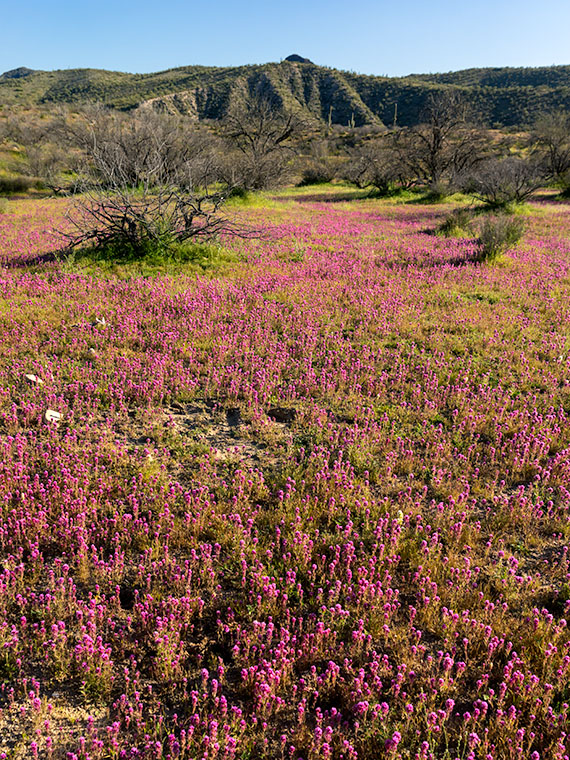
After I calm down, I retreat into my office and work on the pictures I shot for you, like this week’s image called Hassayampa Clover. It’s one of the photos that I captured on our clandestine outing last week. It’s another view of purple owl’s clover, but in this case, I’ve included the surroundings near the Hassayampa River (which loosely translates into the upside-down river).
The bare hackberry and mesquite among the purple carpet are a giveaway that its early springtime. As the days warm, all of the plants sprout and obscure the landscape. You really can’t see the desert through the brush. The desert stays pretty like that until summer when they’ll drop their leaves again to survive the heat.
Doesn’t the scene make you want to kick off your shoes and skip through the clover? You’d be sorry. The ground is full of sharp rocks, cactus needles, cow pies, ants, scorpions, and the snakes are active already. You’re better off to enjoy the view from your computer screen and let me do all of the dangerous work.
You can see a larger version of Hassayampa Clover on its Web Page by clicking here. I hope you enjoy it. Come back next week when we continue with our illicit trip to Wickenburg’s Scenic Loop.
Until next time — jw

